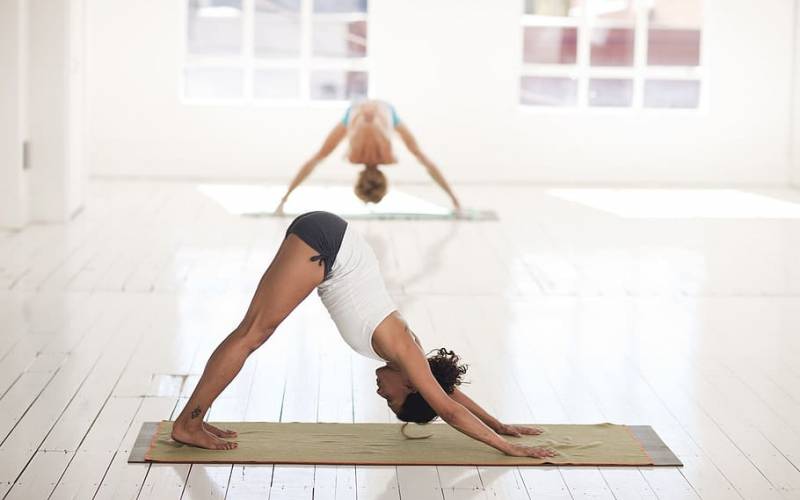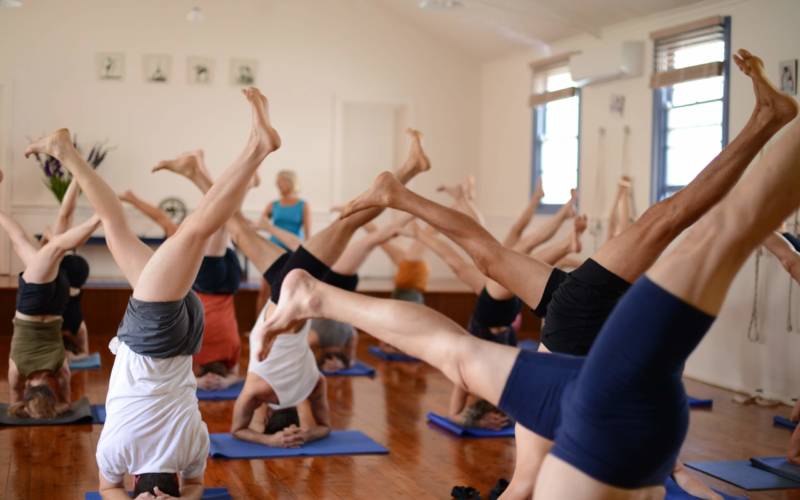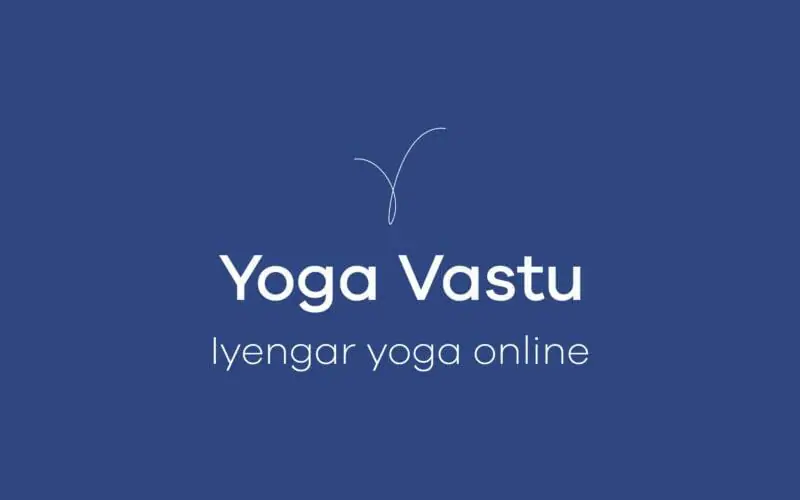For those who are new to yoga, the practice can seem a little difficult to define. As a mode of exercise, it can appear odd that so much is expected of so little in the way of equipment. But it can also be difficult to determine exactly what is to be done with some of the more equipment you’ll see in a yoga class of any kind.
One common type of equipment is the yoga block. But what are you supposed to do with it? In this article, we want to explore what a yoga block is used for in Iyengar yoga, and how you can make use of a block or suitable substitute to open up new aspects of your practice.
What is a yoga block?
Put simply, a yoga block is a smooth block of wood, foam, cork or other firm but comfortable material that yogis make use of to support their movement and poses. Founder of Iyengar yoga B. K. S. Iyengar is credited with their introduction of props such as the yoga block in the 1970s.
The use of yoga blocks, yoga straps, and other yoga equipment like these has become commonplace in other styles of yoga, particularly restorative yoga and Yin yoga. But it’s important to understand why yoga blocks are used in order to get the greatest benefit out of them.
Yoga blocks are tools that used for three primary reasons:
- To make difficult poses more accessible
To support practitioners in perfecting their expression of a pose
To add degrees of difficulty to a pose and offer new challenges
It’s not uncommon that we find that the use of a yoga blog is met with resistance initially. Some early-stage practitioners may find themselves believing that a tool is somehow cheating or enabling poor practice. But the use of props in Iyengar yoga is structured so that practitioners have the opportunity to slow down and explore alignment and aim for better expressions of their poses each time – and props are an important tool in that learning process.
What can I use in place of a yoga block?
Yoga blocks are very simple pieces of equipment. While we believe it is worth investing in a purpose-made yoga block for regular practice, you can absolutely make do with a variety of household items. For seated positions where a yoga block might be used to elevate the hips, firm cushions, folded blankets, or stacks of books can be used. You can also make do with dumbbells, large water bottles and anything else that’s steady enough to support you through standing poses where a block may have been used to extend your reach.
Begin your yoga practice with Yoga Vastu
Iyengar yoga is a style that emphasises a systematic and methodical approach to practice and learning. Props such as yoga belts, blocks and other equipment are something you can learn more about here in our guide to props and equipment in Iyengar yoga.
If you’re looking for a specific recommendation, our favourite place for good quality equipment is iYogaProps (iyogaprops.com.au). We supply our physical studios with equipment from iYogaProps and many of our home practitioners use their products as well!
To find out more about at-home practice with Yoga Vastu, simply reach out. We have a 14-day free trial available to new sign-ups. Just the right length of time to explore some of our videos and get a taste for what it means to practice Iyengar yoga at home.
If you have any questions, please feel free to get in touch.







